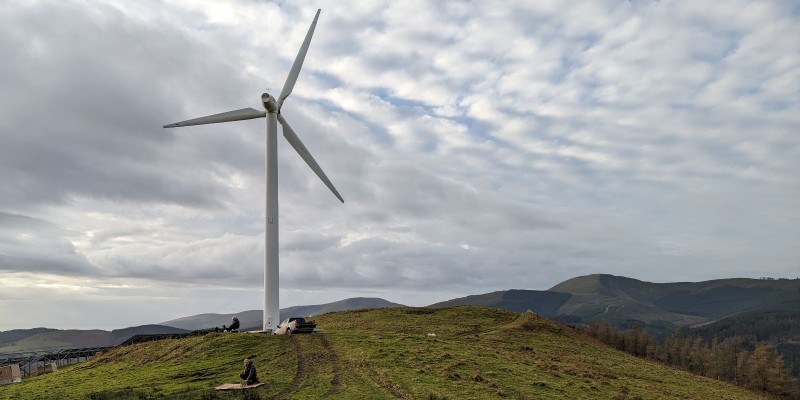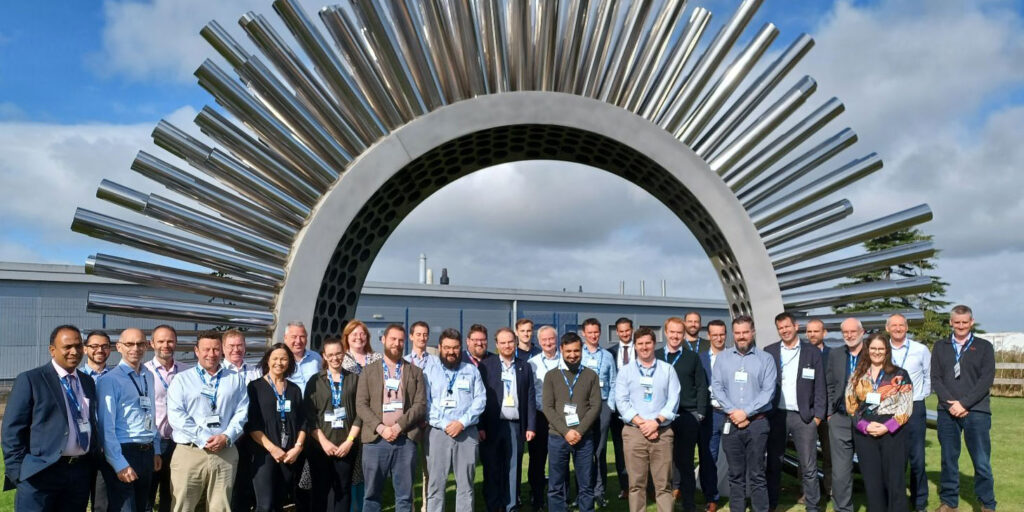
Our products are constantly evolving based on new technologies and customer feedback to offer our clients the most effective solutions on the market.
We’ve just updated our EPIC product (to support S3 buckets in external AWS accounts) but what’s new with zCFD, our tool to bring affordable CFD at scale?
New capabilities to zCFD
Firstly, zCFD now handles overlapping meshes (overset) which allows us to locally refine our calculations in areas of interest by dropping refined meshes in those areas. In addition, we can also move the overset meshes over the top of one another to allow us to simulate bodies moving relative to each other. We’ve also implemented implicit time marching for both CPU and GPU hardware to further reduce wall-clock time.
For aero-acoustics, we have developed a lightweight mesh generator that can produce acoustic meshes on any CFD surface mesh. Most importantly, this generator generates meshes with no “small” cells which reduce the time-step the solver can use. Finally, we’ve added the capability to overset high order regions over standard finite volume background meshes. This can easily be achieved using our new lightweight mesh generator to add cartesian refined blocks in areas of interest for higher fidelity modelling, which can then be solved by using our high order Discontinuous Galerkin solver.
Predicting the noise in large-scale train projects
How is this applied to industry? The product can model a train moving through the air and entering a tunnel to predict the generation of micro-pressure waves which radiate noise. They can be applied in any instance, where there is one body moving relative to another, and cases, such as propeller blades or rotating drone bodies, can now be handled.
Ideal for aero-acoustics
This new update to zCFD also means that computational acoustics calculations can be performed much more easily through a lightweight mesh generator. Previously geometry would need to be meshed separately from the CFD process with specific requirements for aero-acoustics.
Computational Aero-Acoustics (CAA) mesh will now allow the user to extract the surface CFD mesh and generate a cartesian refined mesh – ideal for aero-acoustics simulations. This removes a considerable amount of user effort and allows for acoustic meshing of complex geometries. The same technology can also be used to provide a virtual “magnifying glass” by allowing users to drop in cartesian refined overset meshes in areas of interest, with the meshes being perfectly suited for our high order CFD solver.
Find out more about zCFD and download the latest release here.



